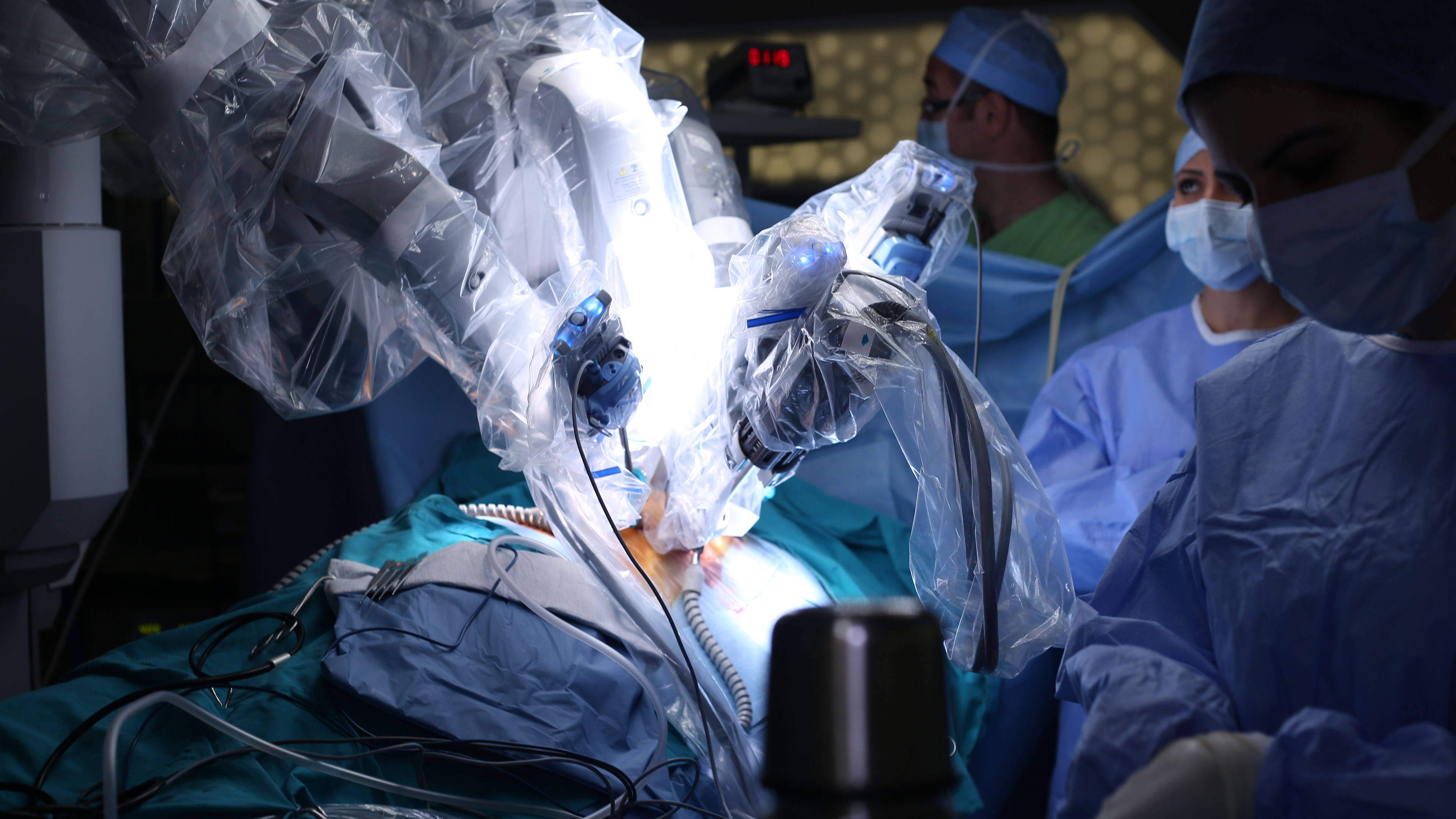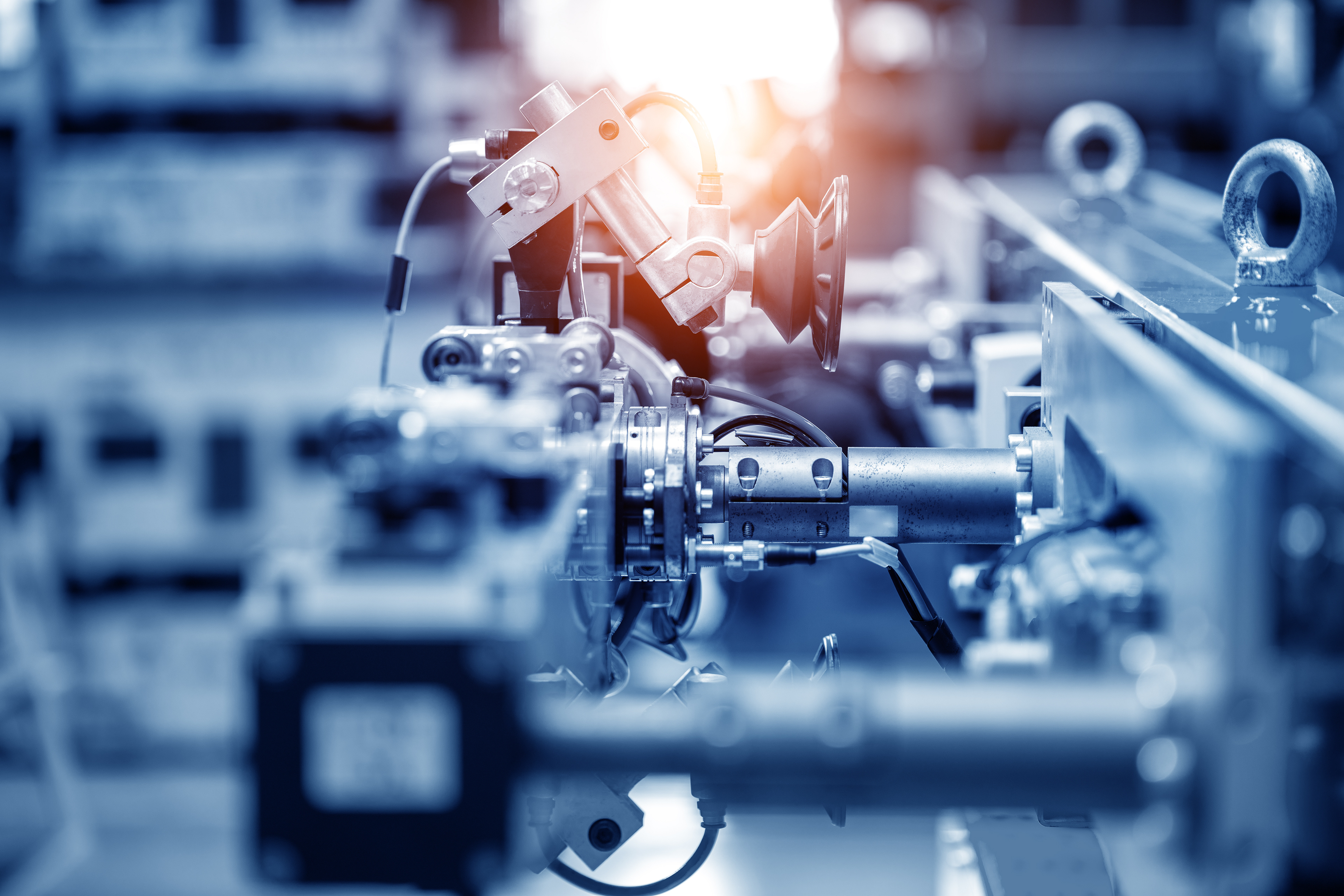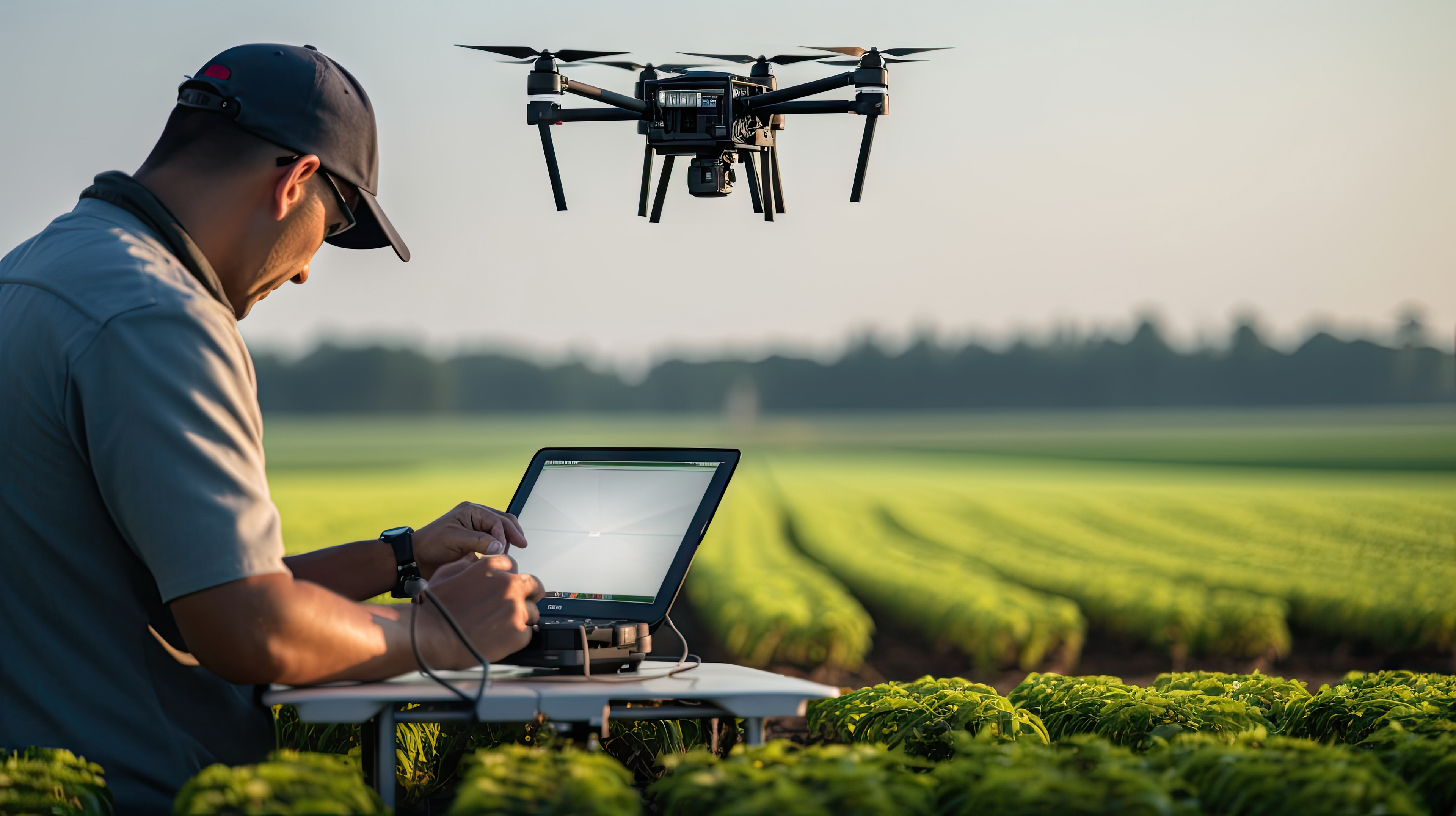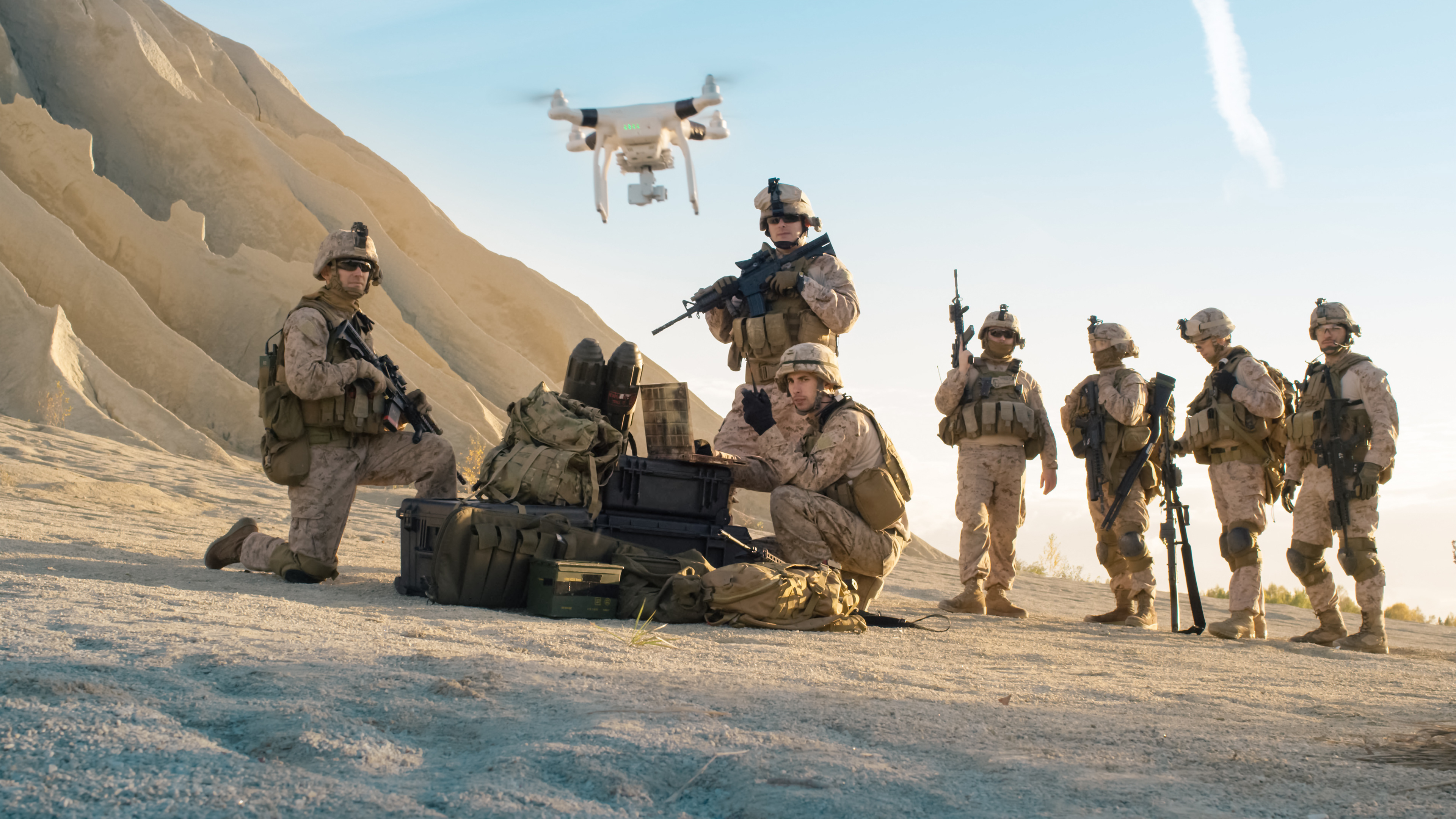In our ever-changing world of technology, mobility, robotics, and drones have taken center stage. They're not just transforming individual industries but also revolutionizing the way we engage with our surroundings. These cutting-edge technologies are leading the charge in innovation by seamlessly blending artificial intelligence, mechanical engineering, and automation to birth intelligent machines. These machines are capable of various tasks, from finely tuned manufacturing to autonomous aerial surveillance.
Robotics, the field of designing and building robots, has applications across various sectors, from manufacturing to space exploration. These versatile machines are designed to carry out tasks efficiently, with precision and consistency, often in environments where human presence may be impractical or hazardous. As a result, mobility, robotics, and drones (MRD) have the potential to enhance productivity, reduce costs, and improve safety.
Many industries have already embarked on a strategic journey to seamlessly assimilate various robotics and drone systems into their operational frameworks. These changes stem primarily from the profound and demonstrable impact that these advanced technologies have already exerted on their various industries. Of particular note is the MRD's prevalence within agriculture, healthcare, and the military, though MRD is far from limited to these sectors.
For instance, within the agricultural sector, the usage of UAVs to scan crops from an aerial view has shifted how farmers go about treating, monitoring, and harvesting crops, while automated grain harvesting and processing have changed how work is split and done on farms. We are moving into an era of data-driven precision agriculture, with meticulous crop monitoring, targeted and eco-friendly pesticide application, and informed decision-making in various agricultural procedures.
Simultaneously, we’ve also seen the usage of robotics for precision instrument creation in the healthcare sectors, as we move to more complicated surgical procedures. Coupled with advances in AI and neural network systems that allow for new and improved bionic limb technology to assist the disabled, we’re shifting towards a more integrated robotics society at the very level of basic health and wellness.
In parallel, the military sector has harnessed the capabilities of drones and autonomous ground vehicles to reshape the landscape of national defense. These technologies have played pivotal roles in modern warfare, revolutionizing reconnaissance, surveillance, and combat operations. Their far-reaching utilization underscores their strategic significance in enhancing situational awareness, minimizing human exposure to danger, and augmenting the effectiveness of military forces.
Furthermore, it is imperative to acknowledge that the groundbreaking innovations emerging from these pioneering sectors have given rise to a broad spectrum of related technologies. These encompass, but are not limited to, advances in artificial intelligence, sensor systems, data analytics, and human-robot interaction. The far-reaching applicability of MRD and these offshoot technologies have transcended their originating domains, permeating various industrial sectors and facets of modern society irreversibly.





